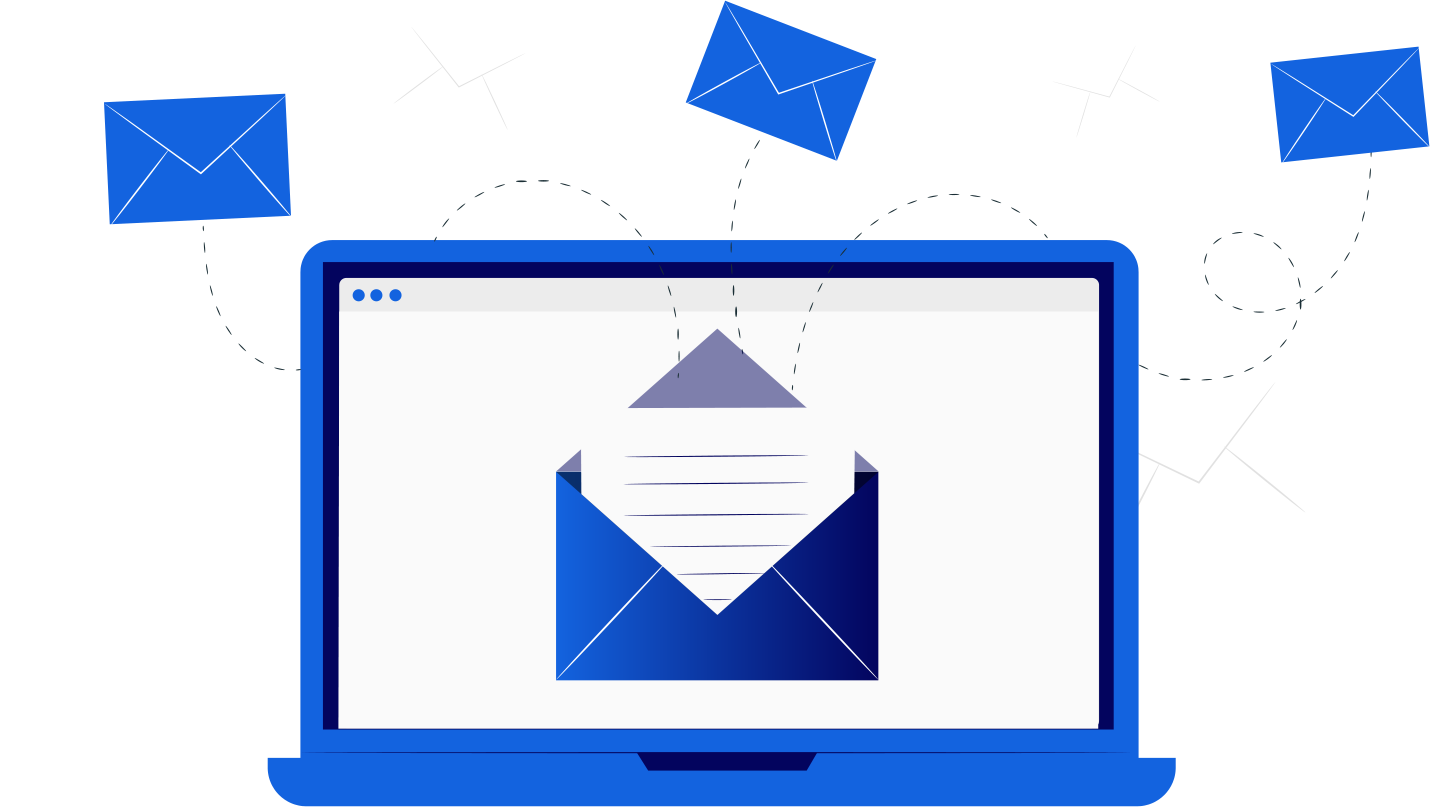Database Security Guide for 2026
February 13, 2023, 6 min read
Database security is equally essential to protect your site to minimize the potential attack vectors that cyber criminals could exploit. Its measures are a bit different from website security practices.
Let’s read this post to learn more about database security and its best practices that can help you bolster the safety of your sensitive data.
What is Database Security?
Database security refers to various tools designed to establish and preserve database availability, confidentiality, and integrity and helps you ensure the data kept in the database is always secured.
Why is Database Security So Important?
A database usually houses organizations with critical applications and client data; hence, security is paramount. Database security usually protects your site from potential attackers, which cybercriminals might exploit. The actors may even use a threat emulation program.
Common Threats and Challenges
Common challenges and threats being experienced to the database are:
- Excessive Privilege Abuse
This happens when the users are offered database access privileges that exceed the requirements of their work functions (Blake, 2019). The benefits might be abused for malicious reasons. For instance, when an organization requires to change workers’ contact information, they might take advantage of excessive database updates by changing the salary earning information.
- Data Association Problems
This happens when two values are seen together being classified at a higher level than when either value is classified personally. For instance, the list containing all workers and the other list containing all workers’ salaries is unclassified. In contrast, the combined list will offer the worker’s names with a classified salary.
The scenario is called buffer overflow when the program tries to keep more data in a buffer than it intended to maintain. Because the buffer holds finite data, the one that comes extra that must find a location to be held leads to overflow into the adjacent areas, overwriting the initial valid data before storing it in the locations (Blake, 2019). For instance, when the program waits for the user to enter their name. Rather than entering their name, the hackers enter an executable command that exceeds the buffer’s size.
Best Practices
Several database best practices help in bolstering the sensitivity of data safety. It helps to identify database type, helps in the normalization of data, helps in maintaining data integrity, provides plans to increase the backup time in the build, and keeps the database on its server.
- Separate Database Servers
The database needs technical and specialized security measures to protect itself from malicious attackers. In addition, having your data on a similar server on your site usually exposes the data to various malicious vectors that target websites.
For instance, you run an online store and keep your site-sensitive and non-sensitive data on a similar server. Ensure you can use website security measures offered by the hosting provider and the electronic commerce platform security feature to protect from cyber fraud and attacks (Blake, 2019). However, the sensitive data will be vulnerable to attackers via the site and the online platform. Attackers capable of breaching either your site or the online store enable malicious attackers to potentially access your database. To mitigate this security risk, you are separating your database server from any site or platform. Real-time security information and event monitoring, usually dedicated to database security, will allow the organization to take immediate action when a breaching attempt occurs.
- Use Web Application and Database Firewalls
The firewalls are used in database security and refer to the initial layers used for defense, keeping off malicious access trying to interfere with the database. Installing firewalls helps in protecting your database from various malicious vectors (YU & BAI, 2019). The packet filter, proxy server firewall, and stateful packet inspection are types of firewalls that cover any security loophole correctly. It is also essential to maintain your firewall updates, as this helps protect your database and site from malicious attacker’s tricks.
- Secure Database User Access
They had the least number of individuals who could access the database. The organization administrator should bear the minimum possible privileges required to do their work during access. They provided authorized users with a temporary password with the privileges they needed every time they required to access the database (Blake, 2019). The log activity that can be carried out during that time should prevent administrators from sharing the password. While administrators might find themselves sharing passwords convenient, doing so might make proper database security and accountability almost impossible.
The following steps should be followed:
- A more robust password must be used
- Password hashes must be kept encrypted and salted
- The accounts must be locked after three login attempts
The steps should be implemented to ensure the accounts are deactivated when the employees leave or are given other roles.
- Regularly Update Your Operating System and Patches
It is vital to keep checking updates on your database and operating system software with all the security patches installed to protect against the discovered vulnerabilities (YU & BAI, 2019). Ensure that all database security control provided by the database is enabled unless there might be a reason for turning it off.
- Audit and Continuously Monitor Database Activity
This one comprises monitoring the logins in the database and operating system and frequently reviewing logs to detect malicious activities (Blake, 2019). It created alerts that notify essential team members whenlicious activities are identified.
The effectiveness of monitoring will allow spotting when an account has been compromised or when a worker is carrying out malicious activities. This helps determine whether the users are trying to share accounts or accounts created without permission.
- Test Your Database Security
This occurs when you have completed constructing your database security infrastructure; you should be able to put it up against the actual attacks. Trying to hack your account database helps you discover the vulnerabilities you might have missed implementing.
Refers to the approach in various organizations to encrypt kept data. You must always back up your database and make sure every backup is encrypted and kept separately from the decryption key (YU & BAI, 2019). For instance, you must not keep encrypted backups alongside the description critical in plain text. Backing up your system regularly gives protection not only against hackers but other letdowns as well, like problems with physical hardware.
Database control and policy are vital strategies that help in data protection, and they also include enforcing the access control policy based on data content.
Data Protection Tools and Platforms
Database security is essential to protect your site and minimize potential cyber attacks. Database protection tools are designed to provide security to all data types, from personal messages to the entire database. General data security protects data, allowing only authorized parties to access sensitive information about their organization, clients, and employees. Database security is constructed to protect parties from accessing the company’s database and ensure firewalls safeguard data.
Mobile data security is software that provides security to mobile devices, authentication, and communications (YU & BAI, 2019). It ensures that the mobile application management creates access controls and helps perform security tests in auditing the existing security. Many databases can store encrypted backup when a distance happens, thus securing data recovery.
Data privacy software is a tool that helps provide security and privacy to a subsection of information security that has emerged from increased compliance demands.
Further Reading:
The Ultimate Guide to Decentralized Identity
Popular Cyber Security Salaries Guide
Cyber Security CV & Resume Writing Guide
Sources:
Blake, E. (2019). Network and Database Security: Regulatory Compliance, Network, and Database Security – A Unified Process and Goal. Journal of Digital Forensics, Security and Law.
YU, Y., & BAI, W. (2019). Integrated security over outsourced database services based on encryption. Journal of Computer Applications, 31(1), 110-114.




























